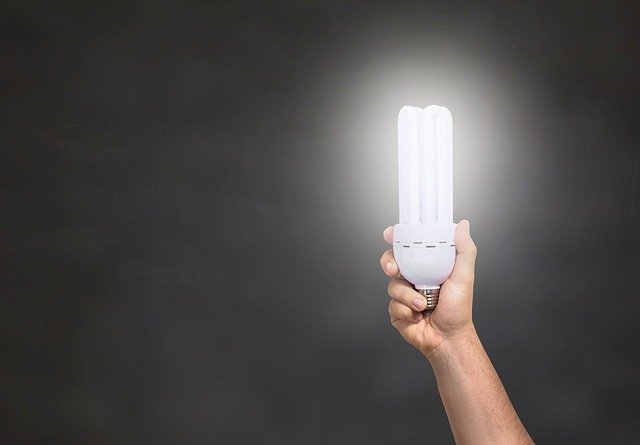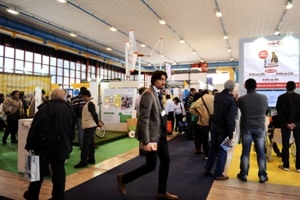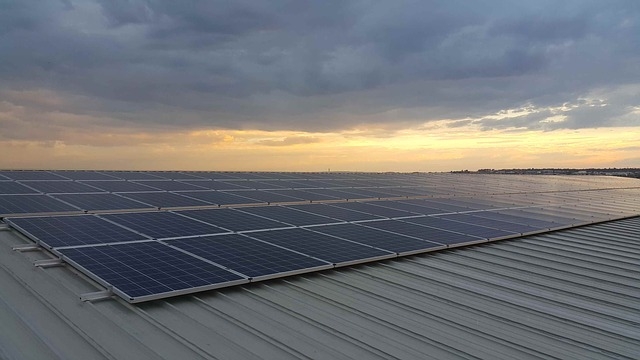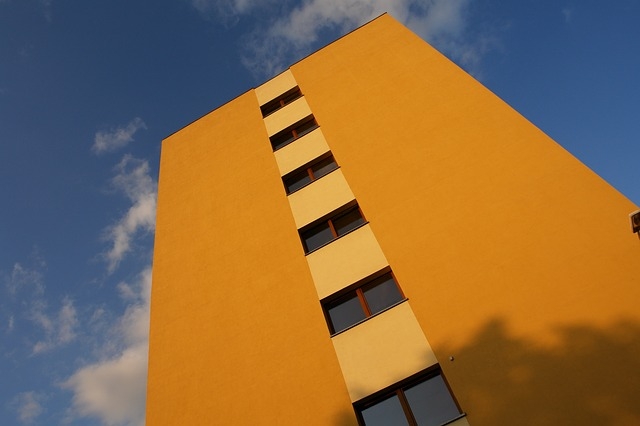Il Buildings Performance Institute Europe ha messo a punto “Implementing the cost-optimal methodology in Eu countries – Lessons learned from three case studied”, una sorta di manuale per consentire ai membri Ue di orientarsi fra le pieghe del conto economico relativo agli interventi di efficienza energetica. Con l’entrata in vigore della Direttiva Europea 2010/31/UE sull’efficienza energetica degli edifici, gli Stati Membri sono stati infatti chiamati a fissare i requisiti minimi di rendimento energetico degli edifici e dei componenti edilizi, per arrivare a stilare una metodologia di riferimento in grado di mettere in evidenza il rapporto costi-benefici degli interventi.
Un aspetto, quest’ultimo, di grande novità, che mira all’analisi delle prestazioni per individuare il ritorno economico ed energetico nell’utilizzo successivo dell’edificio, i tempi di ammortamento e i guadagni a livello gestionale.



























